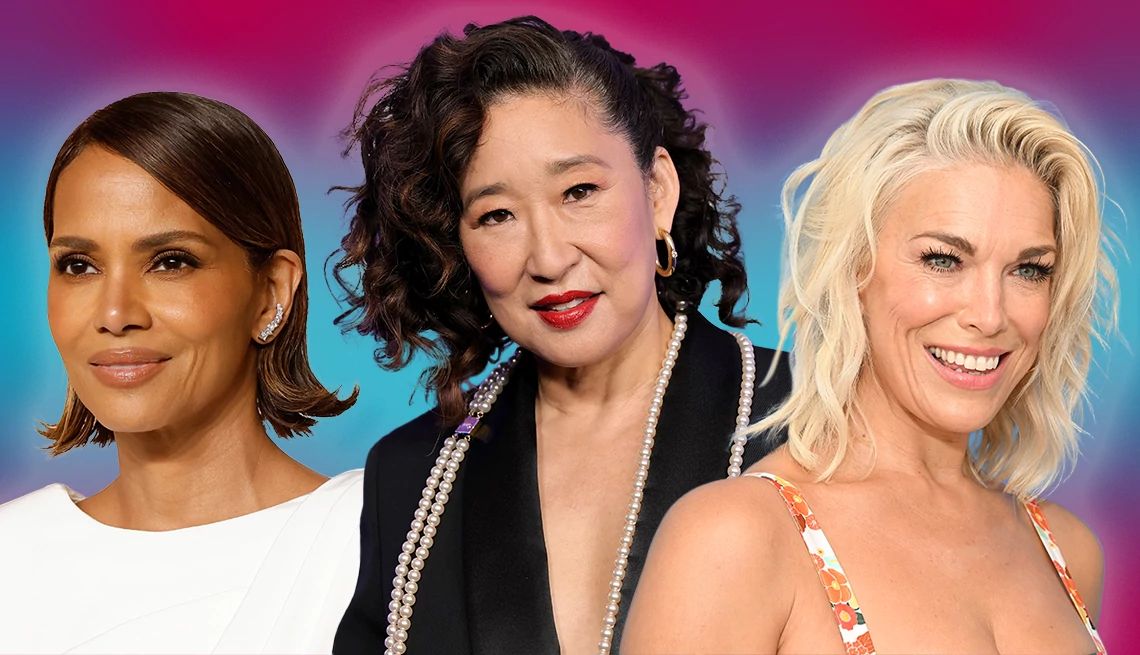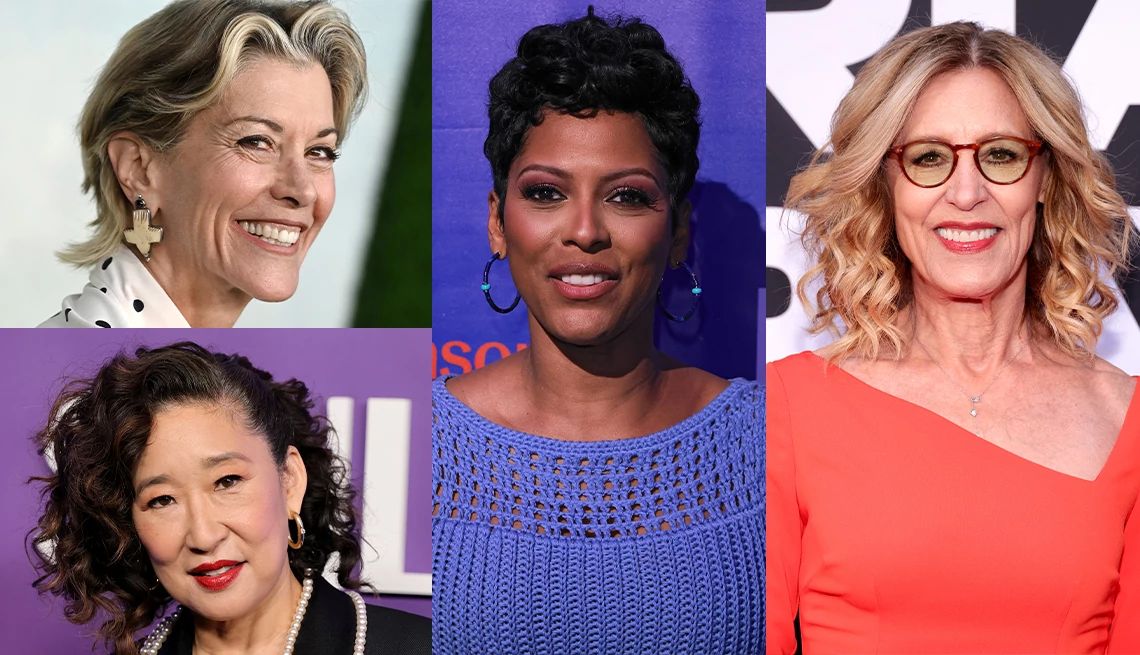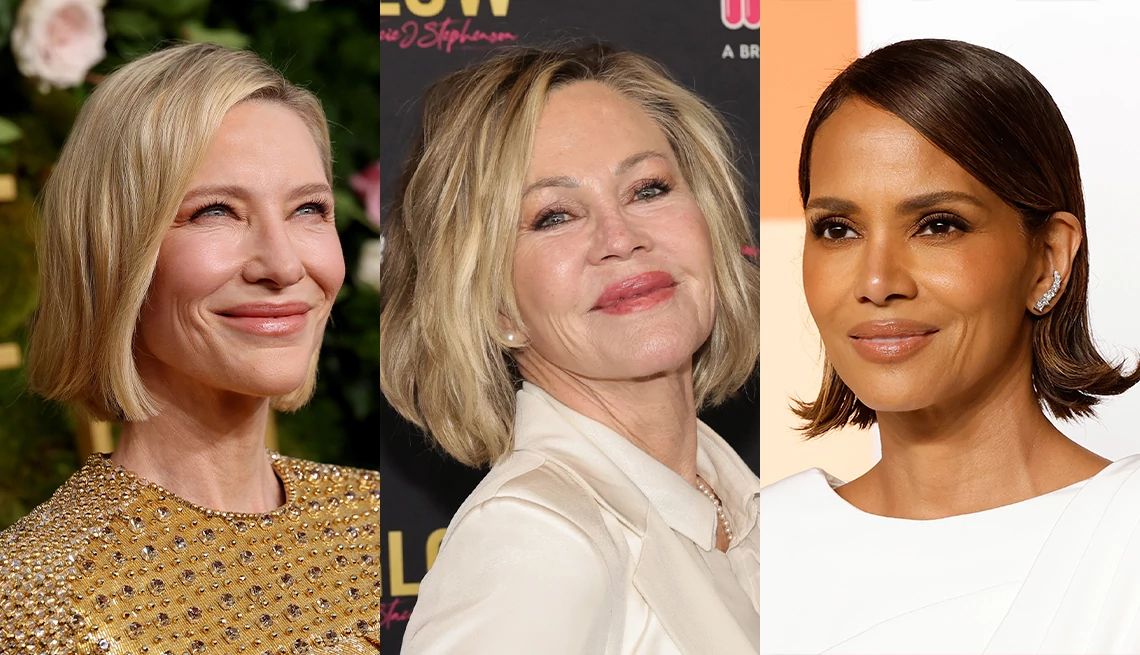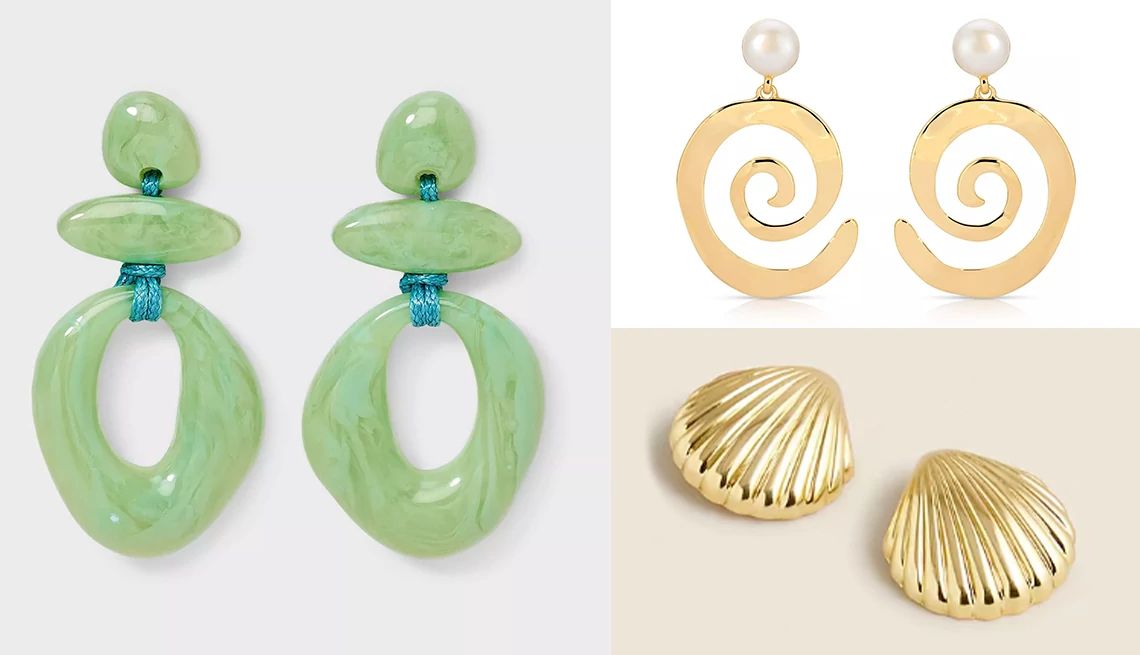AARP Hearing Center


Layers. Bangs. Pixie. Bob. Those words strike fear in the hearts of many women. I should know. As a beauty editor, stylist and personal shopper for women over 50, I’ve seen plenty of dramas where a snip went awry. Whether your experience was due to taking a chance at a new salon, a miscommunication with your usual stylist or a hasty DIY trim, the result is always the same: regret and horror just thinking about the grow-out to come, combined with a sudden urge to get extensions, buy a wig or wear a hat for a few months. Here’s how to turn a mistake into a magical move.


1. Try a mental flip.
Keep an open mind. Maybe it’s not as bad as you think. Sometimes a change is just what you need to reboot your look and outlook. For example, not long ago, you might not have considered wearing wide-leg jeans, a boho midi dress or a striped boatneck tee. Now, they’re the universal favorites of women over 50. Check out celebrities’ hairstyles and find one with a haircut similar to yours. This will make you feel a little more confident and introduce an “If she can do it, I can” mindset.
Then, find something to love (or at least like) about your new style. Maybe it’s the way bangs hide your forehead wrinkles and emphasize your eyes; how a swingy bob flatters a less-than-firm jawline and makes your neck look longer; or how layers give you a more contemporary look. Wash your hair at home ASAP to eliminate the salon vibe, and give the chop a week to settle. Once you overcome your initial panic, this may be all it takes to move forward.


2. Get a second opinion — and maybe another haircut.
Before you say “no way!” … hear me out. Sometimes an additional modification can salvage a bad cut. For example, going a little shorter can turn an unwanted asymmetric cut into a chic bob. Snipping textured ends can make a bob look thicker; adding highlights gives the illusion of more hair and movement. Improve the grow-out by scheduling a session with your stylist to learn how to use your natural texture, products or tools to improve the cut’s shape and vary the look. (The salon where you got the cut should comp you for this.)
Just between us: Never let a stylist talk you into “taking a little weight off” by thinning your hair or cutting it with a razor — it’s a potential disaster for mature hair. Also, don’t let a new stylist cut your hair “wet” before seeing your usual style and texture when it’s dry. And if you have already been contemplating it, try a new hue. Making your hair color more prominent makes the cut less important and can put a positive spin on the grow-out.


3. Even out unwanted layers.
Even without touching the length, bringing in layers changes the shape and look of any haircut. Subtle layers can give your hair a tousled, modern look. But if you were expecting a bob with hidden “ghost” layers or just few long layers around the face and got a shag instead, it’s time to reassess.
Waiting for layers to grow out is easier if you keep trimming the bottom line and resist touching the other layers until they meet up. A trim should be subtle, as in “dusting the ends.” This salon term means taking an eighth of an inch off the ends to freshen them and avoid frays. Hair grows approximately half an inch a month, so give it three to four months.






































































You Might Also Like
11 Worst Hair Mistakes for Women Over 50
Bad cuts, overuse of styling products, wrong-for-you shades and other ‘don’ts’ to avoid
Best Hairstyles for Women Over 50 in 2025
Choose the best shape and length that flatters your features
6 Solutions for Hair Issues Facing Women Over 50
Products that will pump up hair’s volume, improve texture and boost shine